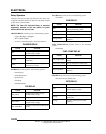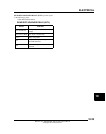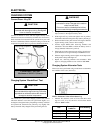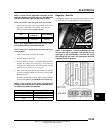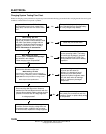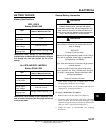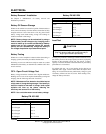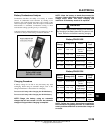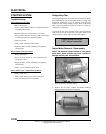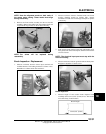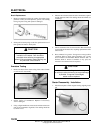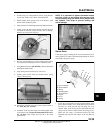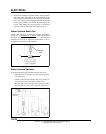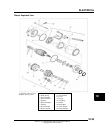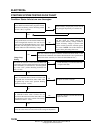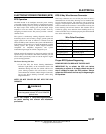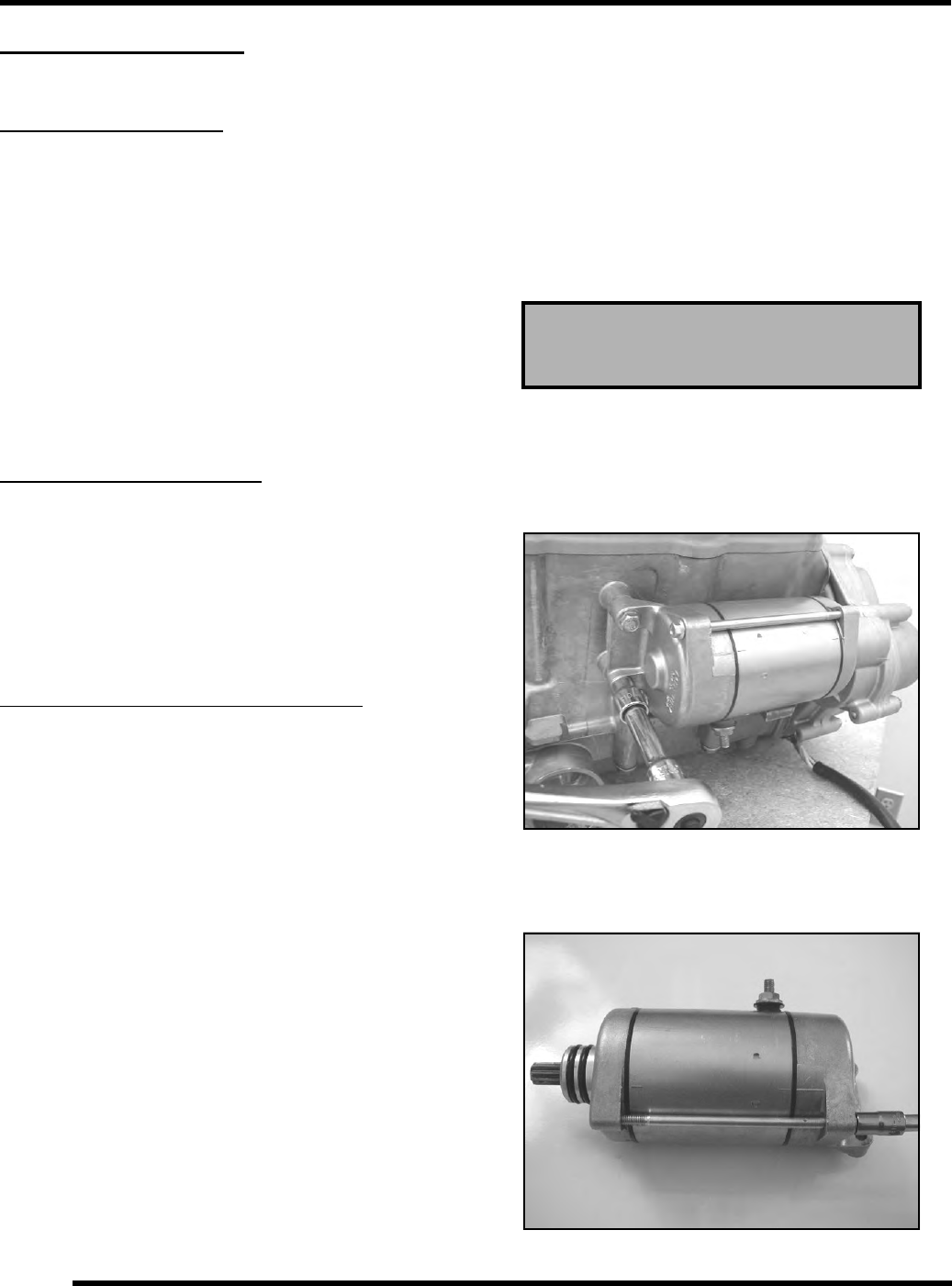
10.30
ELECTRICAL
9923142 - 2011 RANGER RZR / RZR S / RZR 4 Service Manual
© Copyright 2010 Polaris Sales Inc.
STARTING SYSTEM
Troubleshooting
Starter Motor Does Not Run
• Battery discharged
• Loose or faulty battery cables or corroded connections
(see Voltage Drop Tests)
• Related wiring loose, disconnected, or corroded
• Poor ground connections at battery cable, starter motor
or starter solenoid (see Voltage Drop Tests)
• Faulty key switch
• Faulty starter solenoid or starter motor
• Engine problem - seized or binding (can engine be
rotated easily)
Starter Motor Turns Over Slowly
• Battery discharged
• Excessive circuit resistance - poor connections (see
Voltage Drop Test)
• Engine problem - seized or binding (can engine be
rotated easily)
• Faulty or worn brushes in starter motor
Starter Motor Turns - Engine Does Not Rotate
• Faulty starter drive
• Faulty starter drive gears or starter motor gear
• Faulty flywheel gear or loose flywheel
Voltage Drop Test
The Voltage Drop Test is used to test for bad connections. When
performing the test, you are testing the amount of voltage drop
through the connection. A poor or corroded connection will
appear as a high voltage reading. Voltage shown on the meter
when testing connections should not exceed 0.1 VDC per
connection or component.
To perform the test, place the meter on DC volts and place the
meter leads across the connection to be tested. Refer to the
voltage drop tests on the starter system in this chapter.
Starter Motor Removal / Disassembly
NOTE: Use electrical contact cleaner to clean starter
motor parts. Some solvents may leave a residue or
damage internal parts and insulation.
1. Remove the starter from the engine.
2. Remove the two bolts, washers, and sealing O-Rings.
Inspect O-Rings and replace if damaged.
Voltage should not exceed
.1 DC volts per connection



